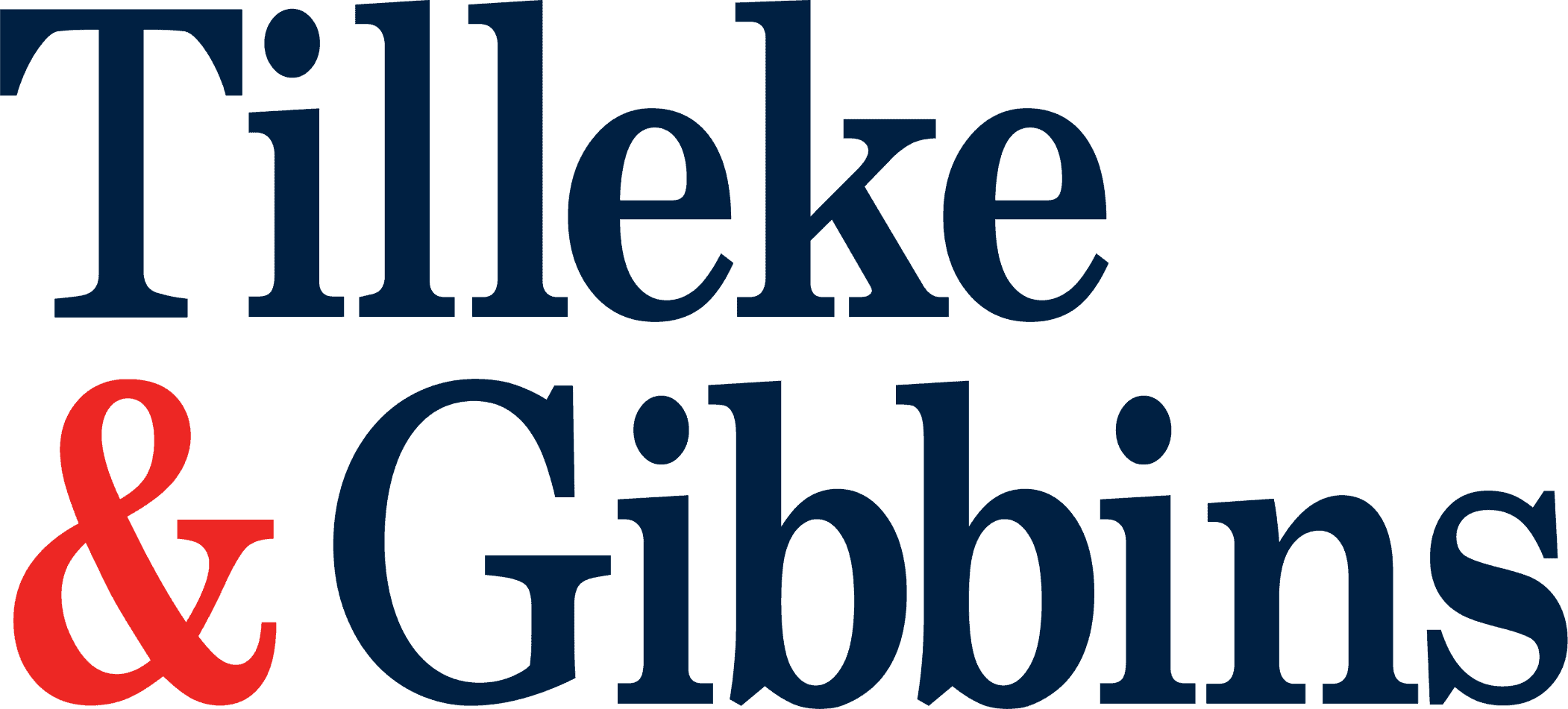
As modern business strategies increasingly embrace sustainability, the influence of ESG principles is reshaping product design, packaging, and brand protection. From label-free bottles to the legal importance of 3D marks in Thailand, these developments highlight the growing connection between environmental responsibility and intellectual property.
The Rise of ESG
ESG principles have become critical in shaping business strategies worldwide. Companies are increasingly required to disclose ESG data, which influences investor decisions, loans, and consumer behavior. Studies show that consumers are willing to pay more for sustainable packaging, and businesses with strong ESG commitments often achieve higher growth rates.
Product Minimization Trend
One sector experiencing significant transformation is the consumer product industry, where brands worldwide are adapting their packaging to align with ESG principles. A notable approach is packaging minimization, exemplified by Pepsi’s introduction of its first label-free PET bottle in China in 2022. Similarly, in Thailand, several bottled water brands have embraced label-free designs, including Sprinkle drinking water’s “Redesign to Reduce” initiative and other similar efforts.
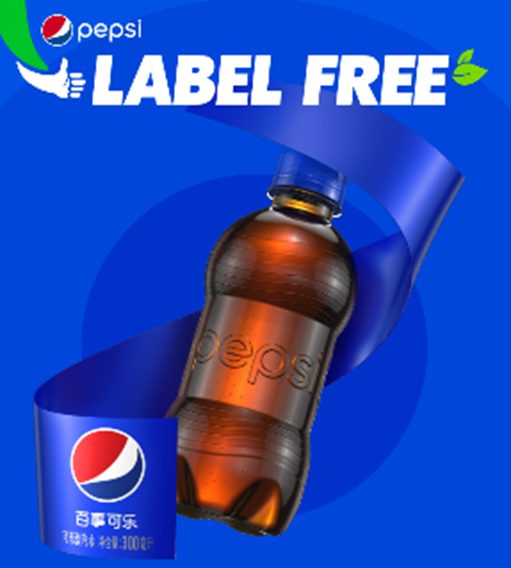
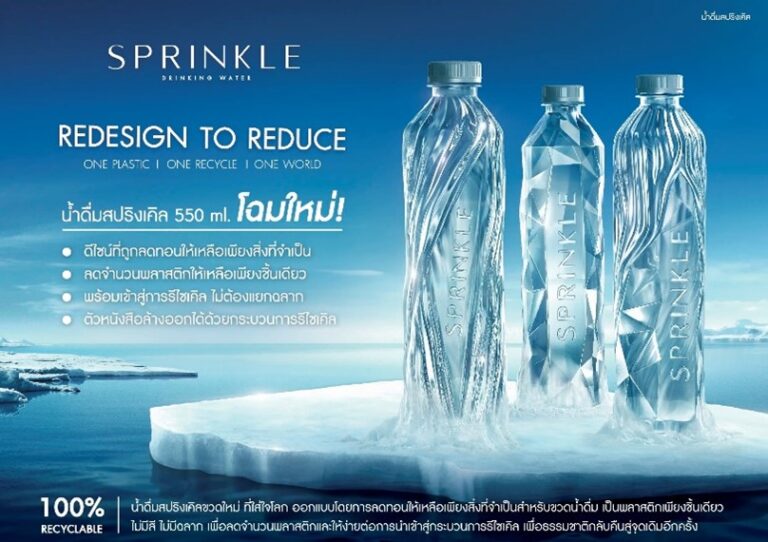
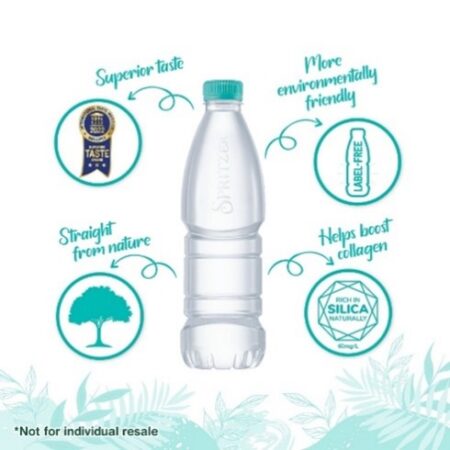
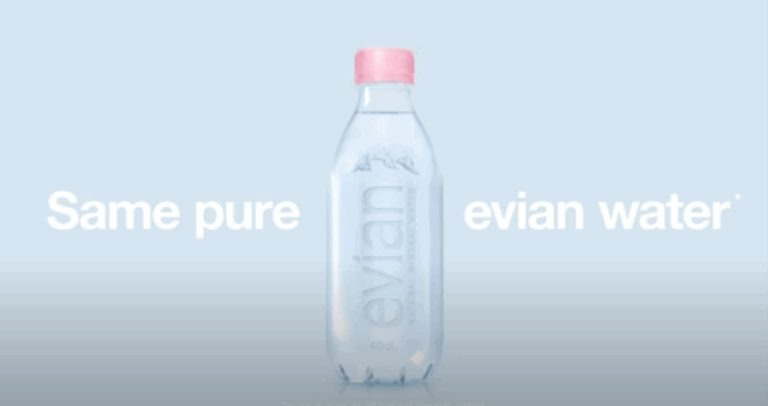
These shifts not only enhance brand perception but are also warmly welcomed by consumers and business associates alike. For instance, Cathay Pacific has introduced label-free bottled water on select flights and cabins as part of their ongoing commitment to boosting onboard recycling efforts.

From Design to Distinctiveness with 3D Marks
Packaging has evolved into a critical component of brand identity, blending functionality with distinctiveness to strengthen consumer recognition and loyalty. This shift carries significant implications for intellectual property. Protecting these designs is no longer optional but essential, given their substantial commercial value. Securing legal protection—whether through design rights or three-dimensional (3D) trademarks—has become a strategic necessity. In an era shaped by sustainability and innovation, safeguarding distinctive packaging is not just a precaution but a fundamental step in maintaining competitive advantage and ensuring enduring brand success.
In Thailand, businesses can register 3D marks under the Trademark Act, provided these marks represent the three-dimensional configuration of an object, including its width, height, and depth. For a 3D mark to qualify, it must exhibit distinctiveness, meaning it should differentiate the goods or services of one business from another. However, the shape cannot simply reflect the natural form of the product or be a design essential to achieving a technical function.
Even if the configuration lacks inherent distinctiveness, it may still be eligible for registration if it has gained widespread consumer recognition through consistent and extensive use. In such cases, businesses need to demonstrate the design’s role as a strong identifier of the product’s origin. This process typically involves gathering comprehensive evidence, such as marketing materials, advertising records, and distribution data, to substantiate consumer recognition effectively. A noteworthy example is Bulgari, the esteemed Italian luxury brand, which successfully registered its unique interlocking circular perfume bottle design as a 3D mark in Thailand.

Key Takeaways
Businesses are increasingly embedding sustainability into their packaging and branding strategies. Minimalistic and label-free designs are gaining momentum worldwide as part of efforts to adopt eco-friendly practices. Unique packaging designs now play a vital role in defining a brand’s identity and can be legally safeguarded under trademark law. In Thailand, to qualify for protection as 3D marks, designs must demonstrate distinctiveness or significant consumer recognition, often supported by substantial evidence such as marketing records and distribution data. By understanding these legal requirements early, businesses can take proactive measures to preserve their brand identity. For designs that naturally convey a product’s origin, seeking legal protection should be a top priority in today’s ESG-focused landscape.
This article was prepared with the assistance of intern Pasavee Thitisup. It was originally published by the International Association for the Protection of Intellectual Property (AIPPI).
